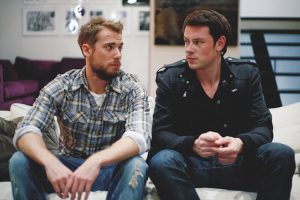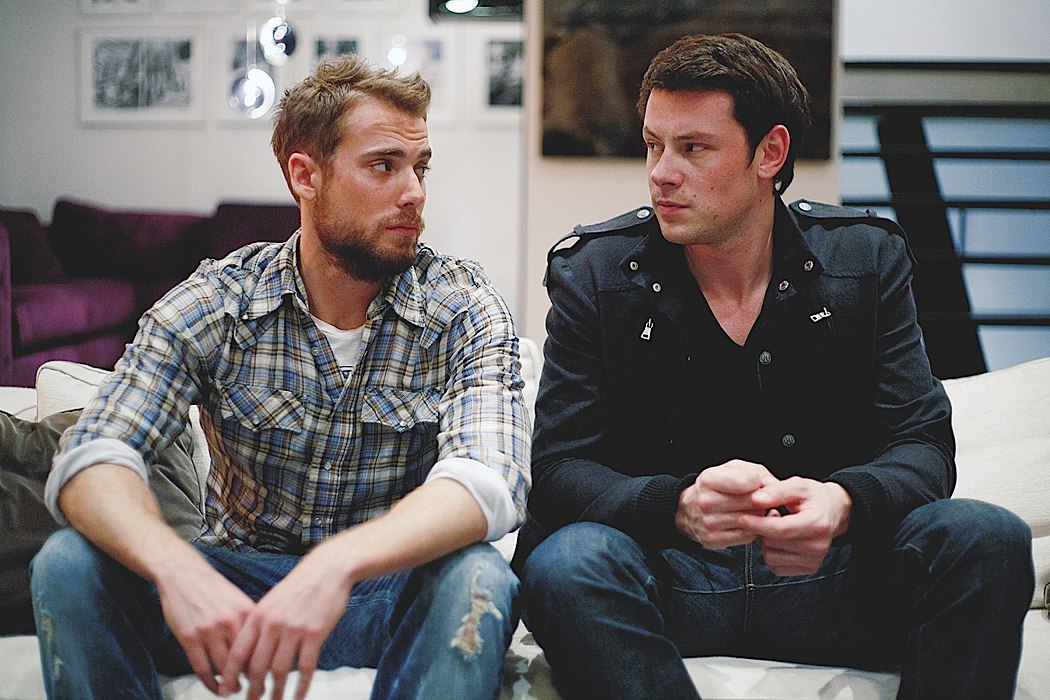Leslie Armstrong
Arts Editor
It’s always exciting when a York alumni-made film makes it to TIFF—even more exciting when it stars Glee heartthrob Cory Monteith, as in Carl Bessai’s 2011 film Sisters&Brothers. But that’s beside the point.

As the title suggests, the film is about family dynamics and drama. It’s the last installment in Bessai’s trilogy, which includes Mothers&Daughters (2008) and Fathers&Sons (2010).
Sisters is split into four subplots. The first follows a girl who resents her newfound sister from India; the second one, a woman dealing with the frustrations of a schizophrenic brother; the third, two stepsisters in their mid-twenties trek to Los Angeles for an acting audition; the last, two brothers, one a famous actor and one a charity worker, come to terms with each other’s differences.
For Bessai, making the film and exploring the sibling dynamic was all a part of declaring the indestructible, unique bond that siblings have with each other.
Much of this interpersonal material depends on genuine, seemingly natural acting. The entire film is undercut, between the film narrative, with documentary footage of the actors, in character, speaking about their experiences and frustration with their siblings.
Bessai clarifies the process.
“After I shoot all those dramatic beats,” he says, “I sit the actors down in character and I interview them without telling them what I’m going to ask them in advance, and it’s just cold.”
The result of this improvisation is natural-sounding lines that mimic real sibling scuffles.
The use of interview clips is evident in big TV shows, but Bessai conveys a whole other meaning.
“Unlike something like The Office or Modern Family where the interviews are kind of used as punch lines,” he says, “in my movies I use the interviews more for emotional, truthful kind of content.”
Another well-planned stylistic device that Bessai uses is freeze-frames in “comic book style.” For example, the frame will pause on a face in the film, turning into a graphic novel-like cell, with thought bubbles issuing phrases like “good grief!”
“It was a way to reinforce this idea of siblings as kids,” he says thoughtfully. “Even when you’re middle-aged, you get together with your siblings, and you still kind of act the way you once did when you were teenagers.”
For a film so calculated in terms of its style and its interpersonal, emotional value, it’s a surprise to find out it has no script. The film was largely shot after Bessai would dictate a mood for each scene, while the actors found the lines within themselves by means of deep self-reflection. This kind of filmmaking is downright risky.
Monteith, who plays a lead character in hit TV series Glee, took time out of his busy life to work with Bessai on account of two things: his good friend Dustin Milligan stars opposite his character, and the film, with no real script, posed an exciting challenge. Bessai fancies this an excellent trade-off.
“He’s bringing a fan base,” he says, “I’m bringing an experiment.”
Cory Monteith, serving as a draw for the film, is a one-time appearance in the trilogy, whereas Bessai likes to recycle his actors, such as Gabrielle Rose and Camille Sulivan, between films. The director likes to refer to these actors as his “company” or his “tribe” in that they understand and meet the expectations of his directorial style.
As a York alumnus, Carl Bessai was offered a teacher’s assistant position in the film department at a very young age, and got the chance to work with aspiring filmmakers. Having worked with them, his advice is fairly simple: go through the motions of producing dodgy do-it-yourself films to get your name out in the film world, and don’t take “no” for answer.
“Everyone’s going to say ‘no’!” he insists. “It’s easier to say ‘no’ than to say ‘yes’.”
More constructively, he encourages the next generation of filmmakers to take risks. He says that once, while teaching a first-year production class, he came across a student who never did the work in class, seemingly doomed to failure. On the last day of class during the program-wide student film screening, the student stunned his colleagues with a short, unusual piece about an alien who is sent to Earth to observe New York, but when the rocket errs, he arrives instead in North York.
“I remember thinking, ‘this guy is really interesting,’” recalls Bessai. “He just didn’t want to do the boring exercises in class. He wanted to just do his thing. […] He’s probably the one who’s got a career now.”


